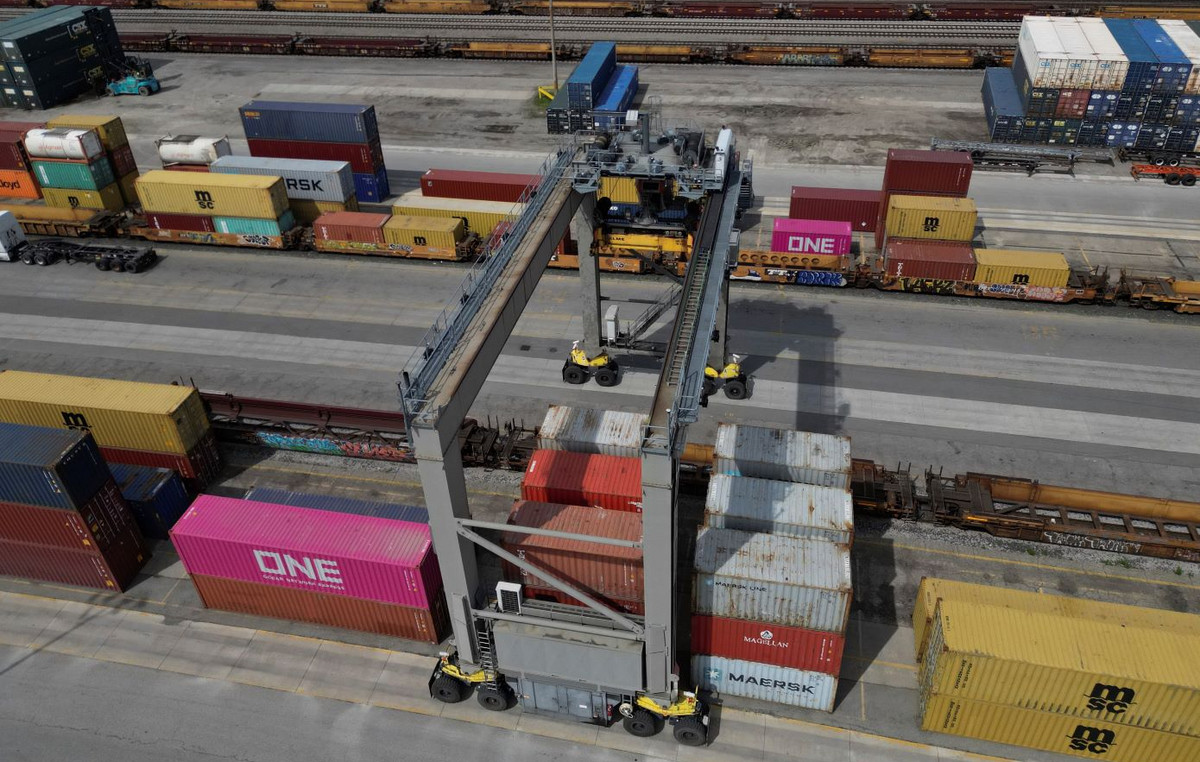- WTI prices appreciated as Hurricane Francine caused production disruptions in the US Gulf of Mexico.
- Official data showed nearly 42% of U.S. Gulf of Mexico oil production had been shut in as of Thursday.
- Both OPEC and the IEA have cut their oil demand growth forecasts, citing economic challenges in China.
West Texas Intermediate (WTI) crude oil prices are holding gains for the third consecutive day, trading around $68.50 during the Asian session on Friday. The rise in crude oil prices is driven by Hurricane Francine, which forced producers to evacuate platforms ahead of its impact on the Louisiana coast on Wednesday, causing disruptions to production in the US Gulf of Mexico.
Oil producers on Thursday conducted damage assessments and safety checks in preparation for resuming operations in the U.S. Gulf of Mexico. According to Reuters, UBS analysts projected oil production in the region for September to decline by 50,000 barrels per day (bpd) compared with the previous month. Meanwhile, FGE analysts estimated a larger drop of 60,000 bpd, taking total output to 1.69 million bpd. Official reports indicated that nearly 42% of the region’s oil production had been shut in as of Thursday.
This week, both the Organization of the Petroleum Exporting Countries (OPEC) and the International Energy Agency (IEA) lowered their oil demand growth forecasts, attributing the revision to economic challenges in China, the world’s largest oil importer. In addition, speakers at the APPEC conference highlighted that China’s transition to lower-carbon fuels is also reducing its oil demand.
China’s crude oil imports averaged 3.1% less from January to August this year compared with the same period last year, according to customs data released Tuesday. In addition to concerns about China, demand worries have also intensified in the United States. U.S. gasoline and distillate futures hit multi-year lows this week, with analysts pointing to weaker-than-expected demand in the world’s largest oil-consuming country.
WTI Oil FAQs
WTI crude oil is a type of crude oil sold on international markets. WTI stands for West Texas Intermediate, one of three main types that include Brent and Dubai crude. WTI is also known as “light” and “sweet” for its relatively low gravity and sulfur content, respectively. It is considered a high-quality oil that is easily refined. It is sourced in the United States and distributed through the Cushing hub, considered “the pipeline crossroads of the world.” It is a benchmark for the oil market and the price of WTI is frequently quoted in the media.
Like all assets, supply and demand are the main factors determining the price of WTI crude oil. As such, global growth can be a driver of increased demand and vice versa in the case of weak global growth. Political instability, wars and sanctions can disrupt supply and impact prices. Decisions by OPEC, a group of large oil producing countries, are another key driver of price. The value of the US Dollar influences the price of WTI crude oil, as oil is primarily traded in US Dollars, so a weaker Dollar can make oil more affordable and vice versa.
The weekly oil inventory reports published by the American Petroleum Institute (API) and the Energy Information Agency (EIA) influence the price of WTI oil. Changes in inventories reflect fluctuations in supply and demand. If the data show a decrease in inventories, it may indicate an increase in demand, which would push up the price of oil. An increase in inventories may reflect an increase in supply, which pushes down prices. The API report is published every Tuesday and the EIA report the following day. Their results are usually similar, with a difference of 1% between them 75% of the time. The EIA data is considered more reliable because it is a government agency.
OPEC (Organization of the Petroleum Exporting Countries) is a group of 13 oil-producing nations that collectively decide on member countries’ production quotas at biennial meetings. Their decisions often influence WTI oil prices. When OPEC decides to reduce quotas, it can restrict supply and drive up oil prices. When OPEC increases production, the opposite effect occurs. OPEC+ is an expanded group that includes ten other non-OPEC countries, most notably Russia.
Source: Fx Street
I am Joshua Winder, a senior-level journalist and editor at World Stock Market. I specialize in covering news related to the stock market and economic trends. With more than 8 years of experience in this field, I have become an expert in financial reporting.







